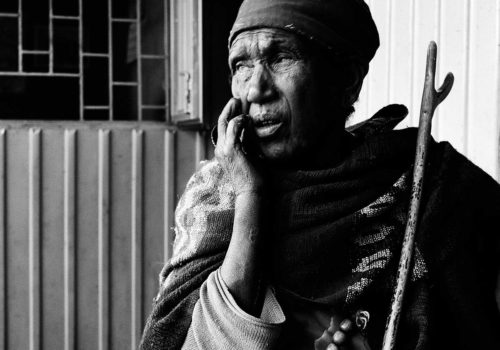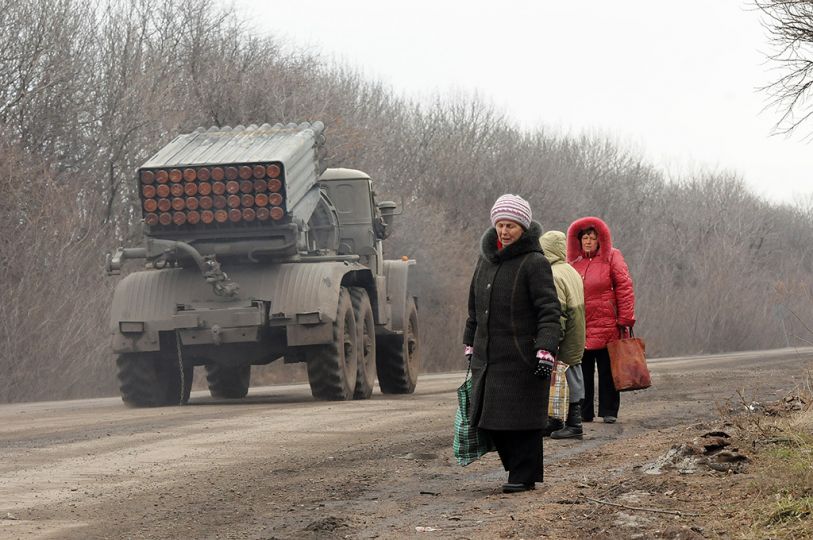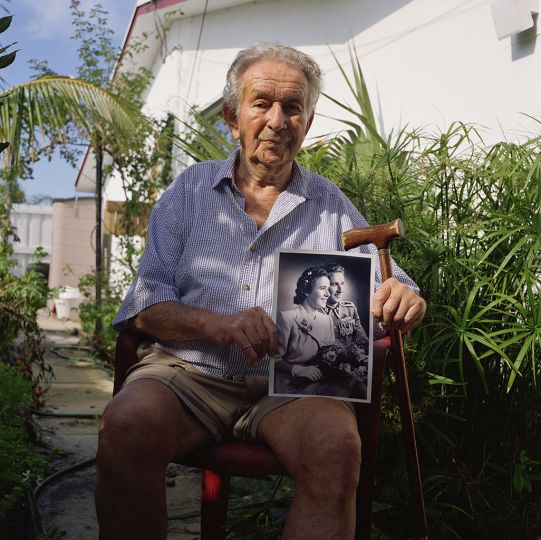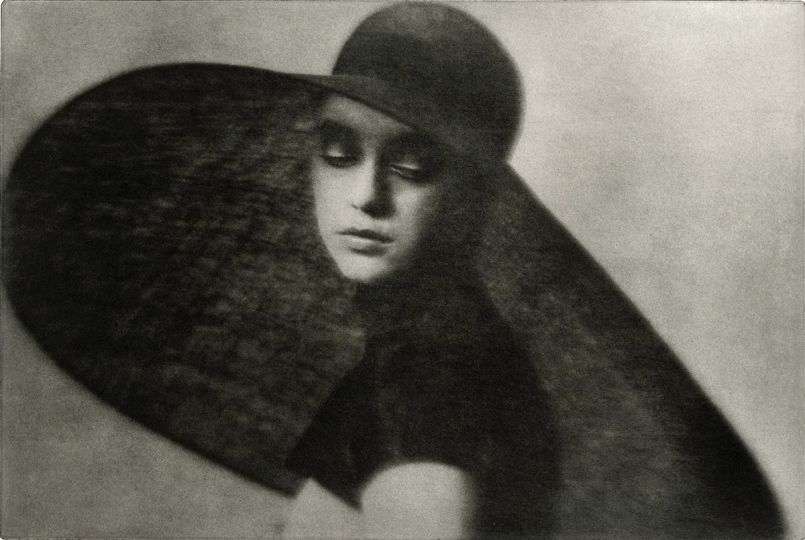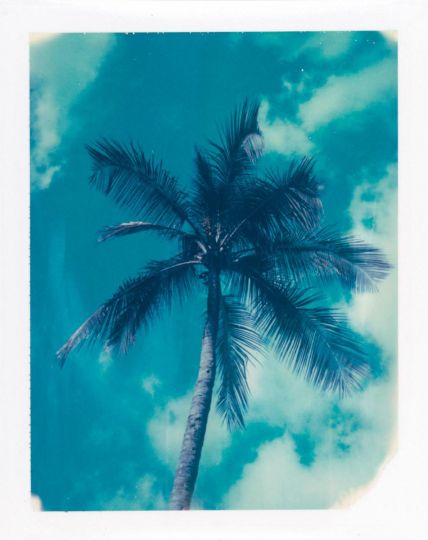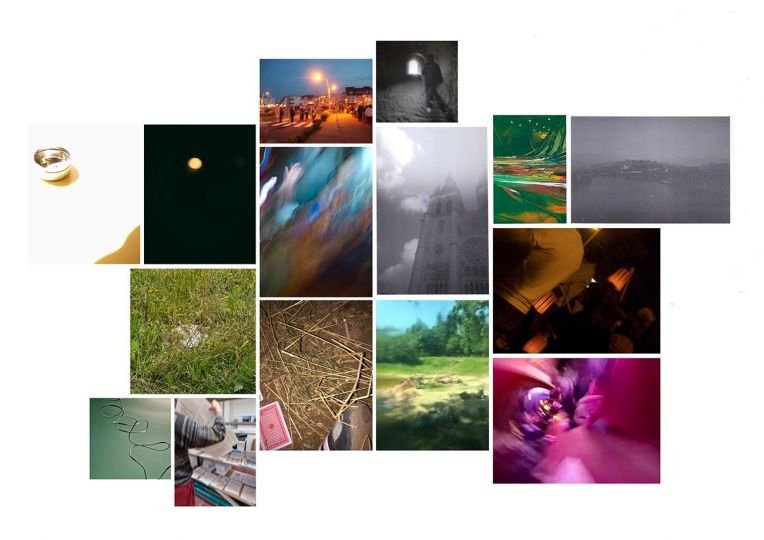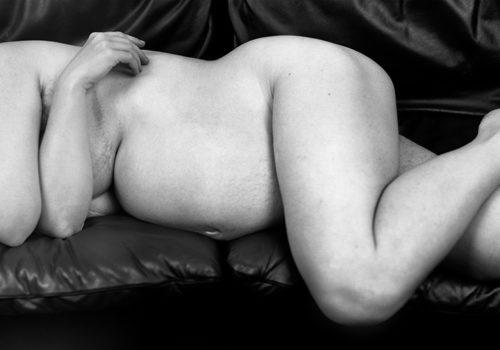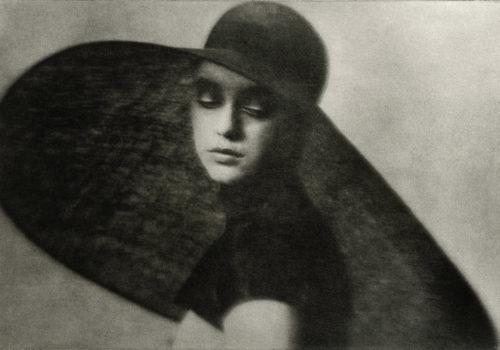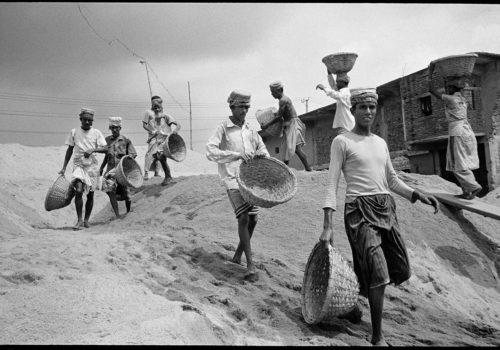Leprosy has been for many centuries, in Ethiopia, a sickness with enormous social implications. The physical consequences of catching such an illness has forced many infected by the disease into a solitary life or, at best, into leper’s colonies through out the country. With medicinal progress and campaigns to explain to locals that leprosy is not contagious amongst humans, some understanding of the illness has made headway in the country.
Such a change can be seen in the capital where an entire hospital was built, mostly with European money, to deal with this lingering sickness. The Alert hospital, as locals commonly name it, specializes in skin illnesses, and mostly with leprosy. Situated in the heart of a leper colony in Southern Addis Ababa where thousands of lepers live and raise their families. It treats thousands of people each year, some often coming from remote areas to get treatment. The hallways are usually loaded with dozens of families from the countryside, bringing sick family members, often after a long and tenuous travel. They wait for a day or two sometimes to see a specialized doctor. For the really sick ones, rooms are available almost free of cost, as foreign money keeps the institution afloat. The doctors, clad in white are always available separating lepers from others with infectious diseases, putting the most sick in specially equipped rooms, which usually contains 6 to 8 beds. Operations, like amputation, a rather common affair, in the world of leprosy are always done inside the hospital by specially trained surgeon.
The presence of the Alert hospital in the slum has changed the life of many lepers in Ethiopia, but foremost has saved thousands of lives living inside this ghetto where local official rarely venture. Constant danger, rampant poverty, and no sanitation has left thousands living inside this slum stranded outside Ethiopian society . Inside the slum, women with leprosy cover themselves with a white sheet to be recognized, covering their faces to stop others starring .
But not all is bleak. A group of women with leprosy have gotten together to fight their condition. They created a small business where a dozen or so of these women knit and put together traditional garments and bed sheets. Using their bare hands and ancients machinery, these women have managed to organize a small business where they can earn a small salary from their sales. Kelebe, 60 years old, is one of these women. She arrived in the slum from the Northern part of the country to start over and perhaps find a better life after her husband died. She brought with her, her children, cousins, and other relatives, to increase their chances of survival. Once there, she was quickly reminded that her condition would not make life easy for her and her family. She managed to find a mud shack with metal roofing, and dirt floors. She, did not give up, and joined these businesswomen. The fruit of her work has helped her feed herself and her family . In fact it has allowed her to prosper, buy new clothe and give some schooling to the youngest in her family.
With an ongoing fixed price of 50$ for the most expensive bedding, the little company has been sustaining itself for a few years and is now, taking care of a dozen families. This small group seem to be the exception to the rule. Most lepers in the slum keep starving; their offspring have no future , and the government seems uninterested in helping this part of the population.
Born in Paris in 1979, Jonathan Alpeyrie moved to the United States in 1993. He graduated from the Lycée Français in New York in 1998, and went on to study medieval history at the University of Chicago, from which he graduated in 2003. Alpeyrie started his career shooting for local Chicago newspapers during his undergraduate years. He shot his first photo essay in 2001 while traveling the South Caucasus. After graduating, he went to the Congo to work on various essays, which were noticed and picked up by Getty Images, he signed a contributor contract in early 2004. In 2009, Jonathan became a photographer for Polaris images
Alpeyrie has worked as a freelancer for various publications and websites, such as the Sunday Times, Le Figaro magazine, ELLE, American Photo, Glamour, Aftenposten, Le Monde, BBC.
Jonathan Alpeyrie’s career spans a decade,he has traveled to about 25 countries, covered 12 conflict zones assignments, in the Middle East and North Africa, the South Caucasus, and Central Asia. A future photography book about WWII. Veterans with Verve Editions are in the works.
Alpeyrie has been published in magazines such as: Paris Match,
Aftenposten, Times (Europe), Newsweek, Wine Spectator, Boston Globe, Glamour, BBC, VSD, Le Monde, Newsweek, Popular Photography, Vanity Fair, La Stampa, CNN, and Bild Zeit…

